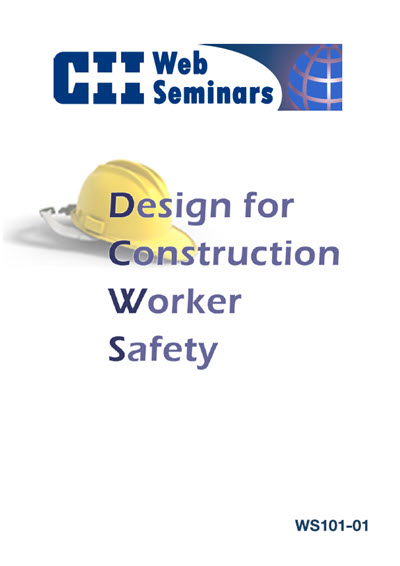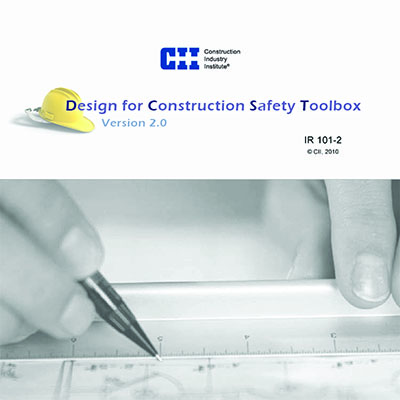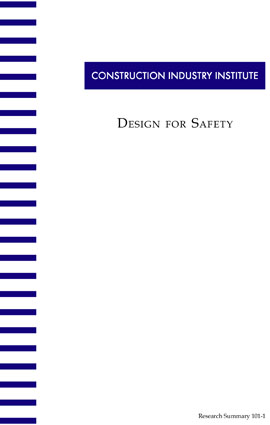
Design for Construction Worker Safety
Research Team 101 (RT-101), Design for Safety, was conducted in order to identify methods which engineers and designers can use to improve the safety of projects during construction. Historically, the design profession was not widely addressing construction site safety in its scope of work. RT-101’s specific objectives were to:
- Recommend appropriate hazard identification techniques
- Determine planning and design steps to facilitate risk reduction
- Identify economic evaluation procedures for design options
- Focus on facility planning and design aspects affecting safety in the construction phase, allowing future considerations of start-up, operational, and decommissioning phases during conception and detailed design
- Produce a “tool box” of design ideas to assist design teams in identifying and mitigating construction safety hazards
The research included collection of existing design practices that had been fully developed and practiced by design firms via literature research, 30 interviews of Seattle-based construction industry personnel, and mail surveys of 50 Seattle-based design-build firms. In addition, new design suggestions were identified from CII member companies’ safety design manuals/checklists, from government agency worker safety manuals (e.g., OSHA, U.S. Army Corps of Engineers), and from the research team members themselves.


